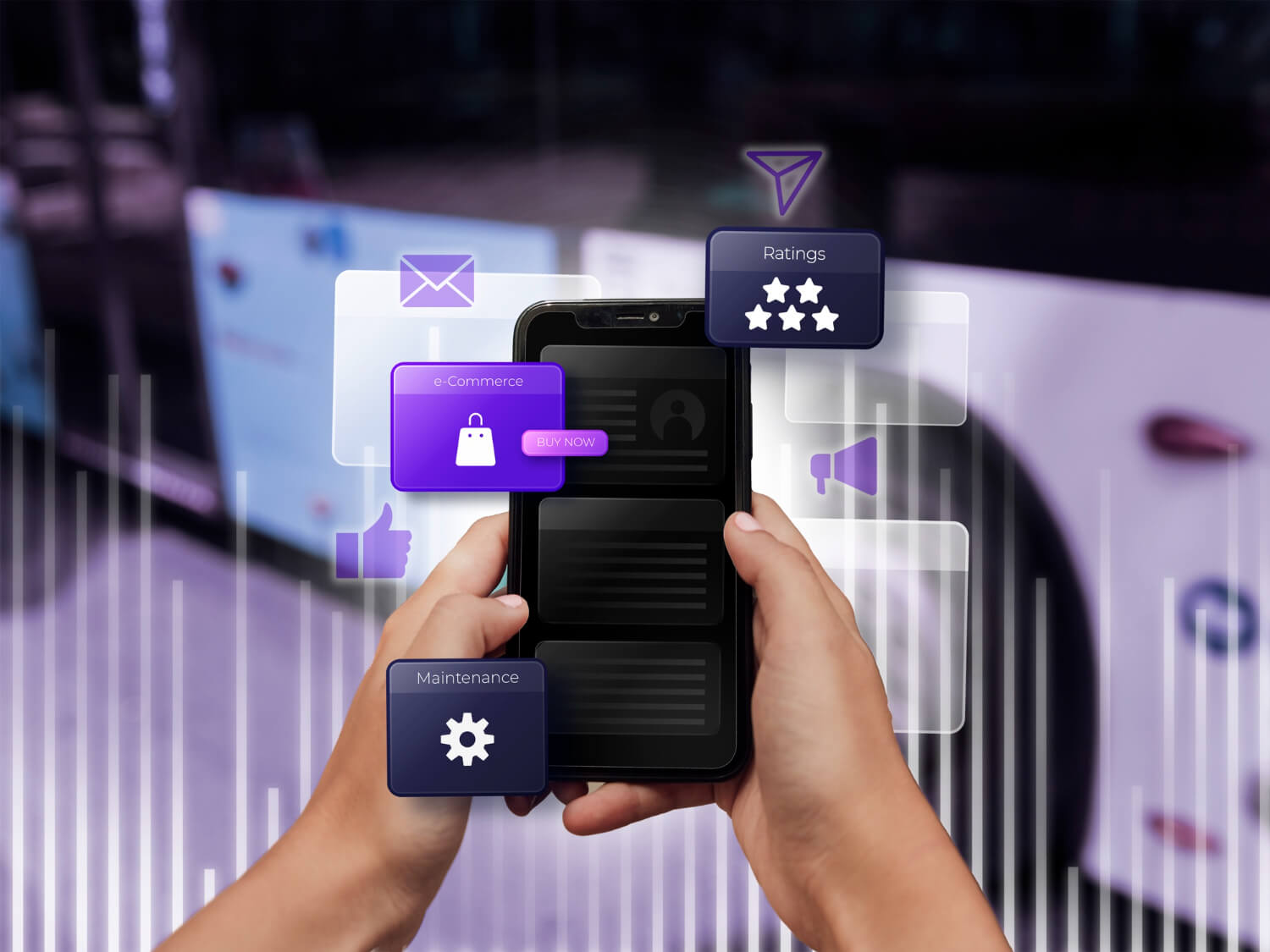
The smartphone industry is one of the fastest-growing and most evolving markets globally, selling nearly 2 billion devices annually. That means that every day, a new device is released or resold just to satisfy the insatiable and ever-growing user demand. As a result, every manufacturer and reseller is obsessed with keeping up with the changing user demand to keep them happy and loyal to a brand.
So, how do manufacturers and resellers keep up with such demands and astronomical expectations? The answer lies in automated mobile device testing. Failure to keep up with user expectations, selling a device with a minor software glitch, or cosmetic issues could significantly affect the company’s image.
Therefore, manufacturers and refurbishers rely on these automated tests to ensure their devices are flawless and user-friendly before being sold. Besides that, there is a need for frequent updates, app diagnostics and other functionality analysis. These tasks are too complicated for manual labor to accomplish. That is why automation matters.
This article delves deeper into why automated tests are crucial for the smartphone industry.
1. Speed and Efficiency
To speed up your new or refurbished device launch process, avoid time wastage commonly associated with labor-intensive and redundant processes. You need to automate crucial procedures like testing using software. With such capabilities, you can perform over 60 automated tests simultaneously.
Additionally, you can test for more than one issue simultaneously, which helps in saving time. At the end of the tests, it will display the result on every mobile phone screen.
In the long run, automated mobile testing enables you to complete all the tests within a fraction of the time. This is possible because the software can perform multiple operations, like data erasure, system diagnostics, and auto-grading, all at once.
In general, automated mobile device testing software similar to the one offered by NSYS enables you to simulate and create an ideal testing ecosystem to boost fast and efficient workflow.
2. Universal Diagnostic Capabilities
Due to the different OS functionality, every device requires different testing protocols and software. That means the software used in Android may not be perfect for iPhones and others.
However, automated mobile device test software is universal; you can use it for any mobile phone. Thus, you can plug in different phones and tablets simultaneously. It will still run the diagnostic independently without any errors.
The automated testing protocols identify the OS during the test and then apply specific test protocols. This makes it ideal for small businesses or repair shops that handle different devices.
3. Secure Data Erasure
When repairing pre-owned phones for sale, you must ensure the previous owner’s data is completely erased. While doing so, you must comply with various privacy and data regulations to avoid unknowingly releasing the owner’s data, which violates privacy rules.
To do so, you need software that will securely and safely destroy all data on any device. After the erasure, it will obtain a certification showing complete data erasure as per international compliance standards. Thus, you can be fully certain that no confidential data is left on the devices.
4. Comprehensive Coverage
The ideal mobile device testing software must be comprehensive, covering every scenario, from the basics to the most complicated functions. For instance, it must test all software and physical capabilities. This ensures that the device works seamlessly for every user and avoids specific issues with certain devices.
Further, it enables your team to simulate user interaction on mobile devices based on factors like screen size, OS, resolution, and user-friendliness. This ensures the devices run smoothly and are user-friendly before market release.
5. Cost-effectiveness
One way to cut mobile device development costs without compromising quality is to use automated testing software. This software enables you to utilize resources efficiently, thus avoiding bloated labor and other costs.
In addition, it helps you identify errors and minor issues before you go into full production. Thus, you can avoid the costs of fixing multiple devices or doing a recall.
6. Automated Device Grading
During the diagnostics, you need to understand the extent of damage and which component to focus on. The testing software makes your work easier by grading the devices based on the diagnostic results. For instance, grade A would mean that the phone is in the best condition; however, there are signs of wear and tear. Therefore, your role is to focus on physical refining and changing components like the battery.
Moreover, automated AI grading software is ideal for trade-ins since the software can generally grade the devices based on shared photos. However, it will only grade the software performance once the device is delivered and plugged in.
The software saves you the burden and time spent inspecting the device. Based on the issues highlighted, you can focus on repairs.
7. Improved Inventory Management
Whenever a user sells you a mobile, the software automatically registers the IMEI even before you do the diagnostics. As the phone goes through subsequent processes like diagnostics and repairs, it monitors the tracking number and changes its status.
Therefore, it can tell the status of every device, like ‘awaiting repairs or ready for sale.’ After the repairs, it can also help you produce the device based on the device model and the current market sale prices.
In addition, it enables large smartphone warehouses to monitor inventory flow, boost profitability, and efficiently operate your trade-in sales and inventory.
Bottomline
The testing software is critical for manufacturers and trade-in shops for various reasons. It brings time-saving benefits that enable you to develop and sell devices quickly and affordably. Also, it is critical for advanced diagnostics and device grading to ensure you understand the condition of every device.
Lastly, it is ideal for inventory management and compliance with global data regulations.



